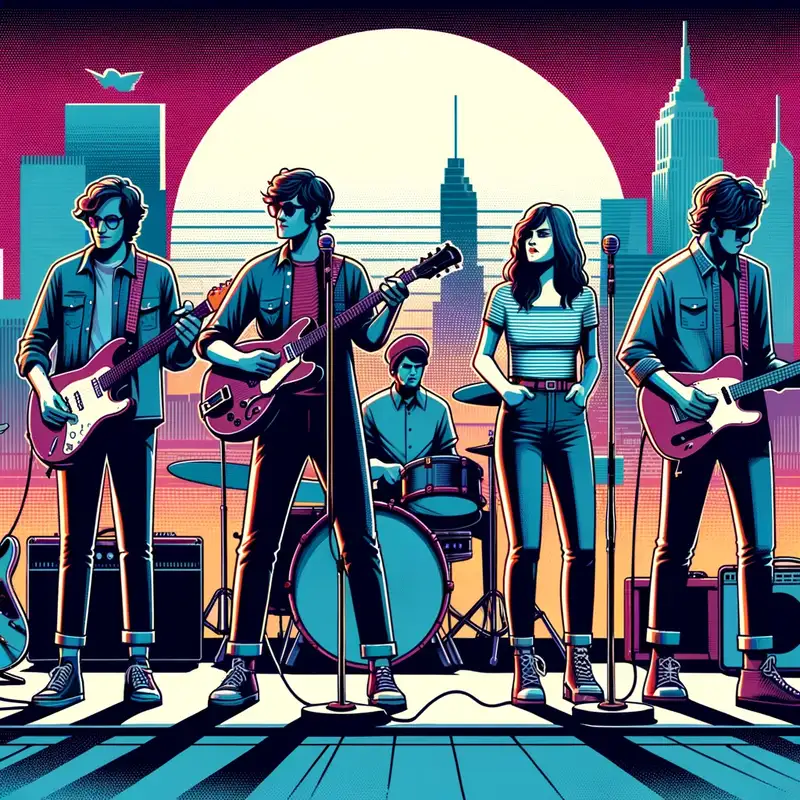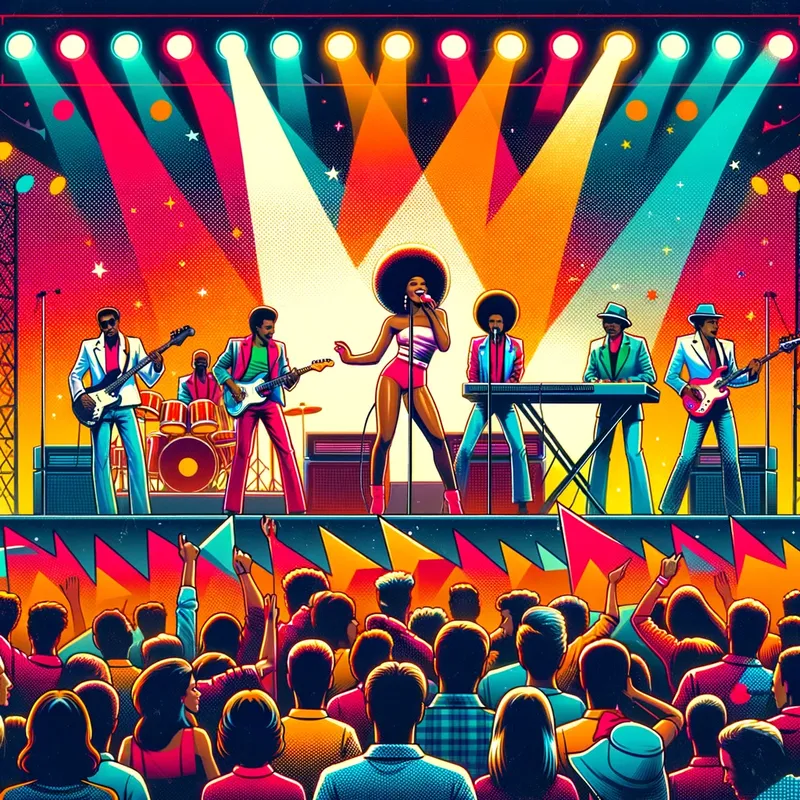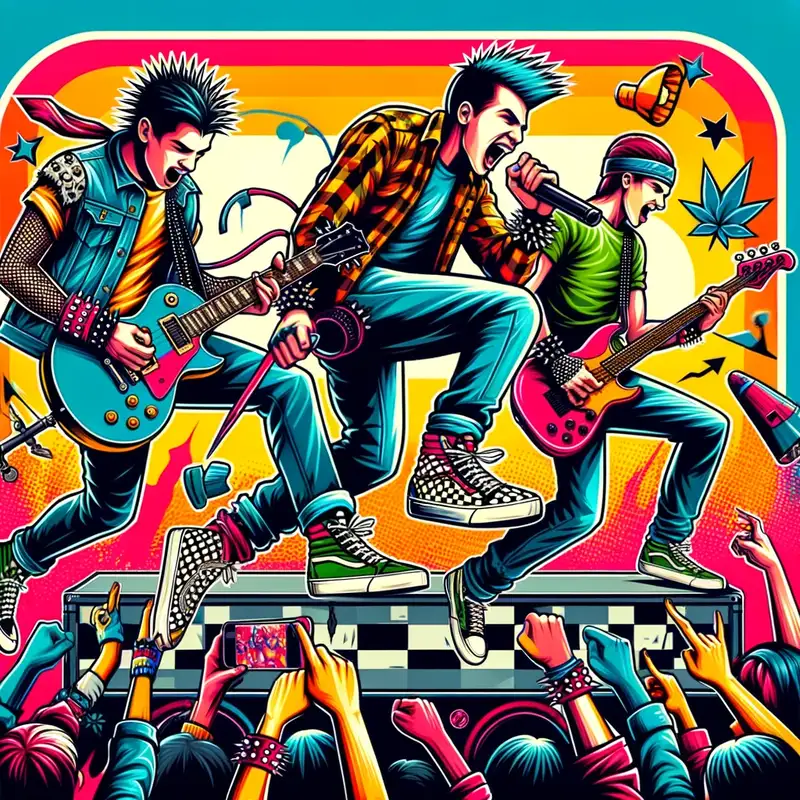Pop Rock

Table of Contents
Pop Rock Defined
What do you get when you mix the irresistible beats of pop with the raw energy of rock? The answer’s simple: Pop Rock, a genre that’s been keeping us entertained for decades. Picture the energy of a rock concert but with melodies you can’t help but sing along to.
The Origin Story
Pop Rock took its cues from the rock ‘n’ roll of the ‘50s and the Motown vibe of the ‘60s. But by the time the ‘70s rolled around, bands like Fleetwood Mac and artists like Elton John had turned Pop Rock into a force of its own.
Pop Rock Legends
Let’s name-drop some legends, shall we? Think of The Beatles and their lighter, poppier tracks like “Hey Jude.” Fast forward a bit, and you’ve got the ‘90s and early 2000s kings and queens like Avril Lavigne and Matchbox Twenty. And don’t even get me started on modern maestros like Imagine Dragons and HAIM. These artists have carved their names into the Pop Rock Hall of Fame for good reason.
What instruments are common in Pop Rock?
Expect to hear electric guitars, bass, drums, and sometimes keyboards or even a saxophone! The genre’s pretty flexible when it comes to instrumentation.
Subgenres and Offshoots
There’s Soft Rock, Glam Rock, and even Pop Punk (Green Day, Blink-182). Each subgenre brings its own flavor.
Your Pop Rock Starter Pack
- “Livin’ on a Prayer” by Bon Jovi
- “Sugar, We’re Goin Down” by Fall Out Boy
- “Mr. Brightside” by The Killers
- “Rolling in the Deep” by Adele
- “Don’t Stop Believing” by Journey


